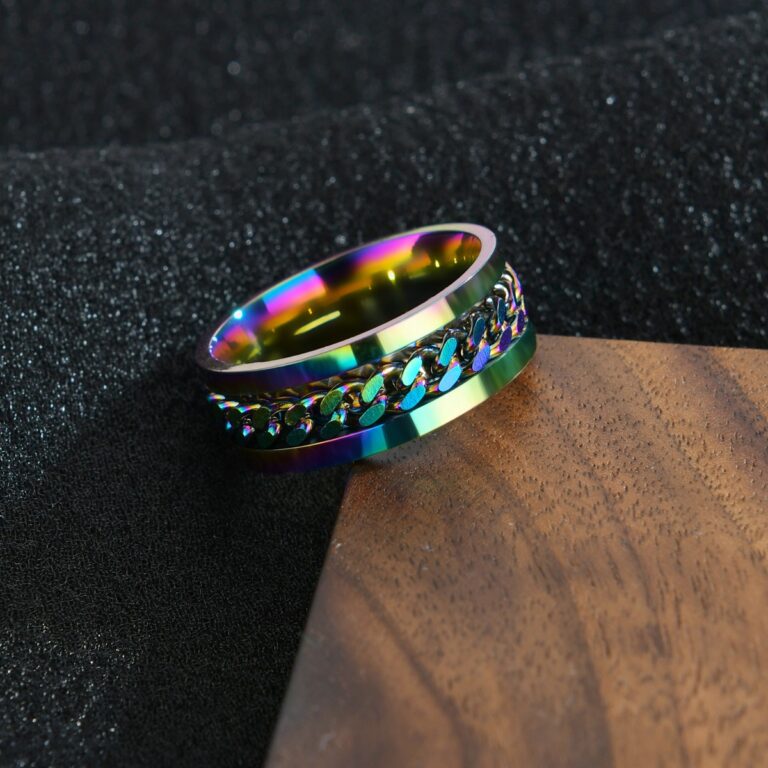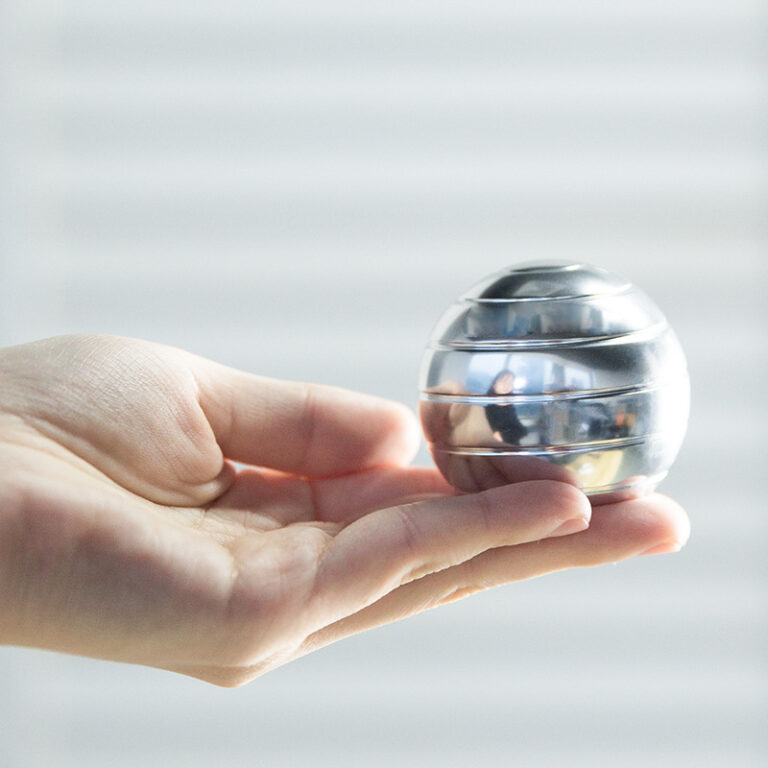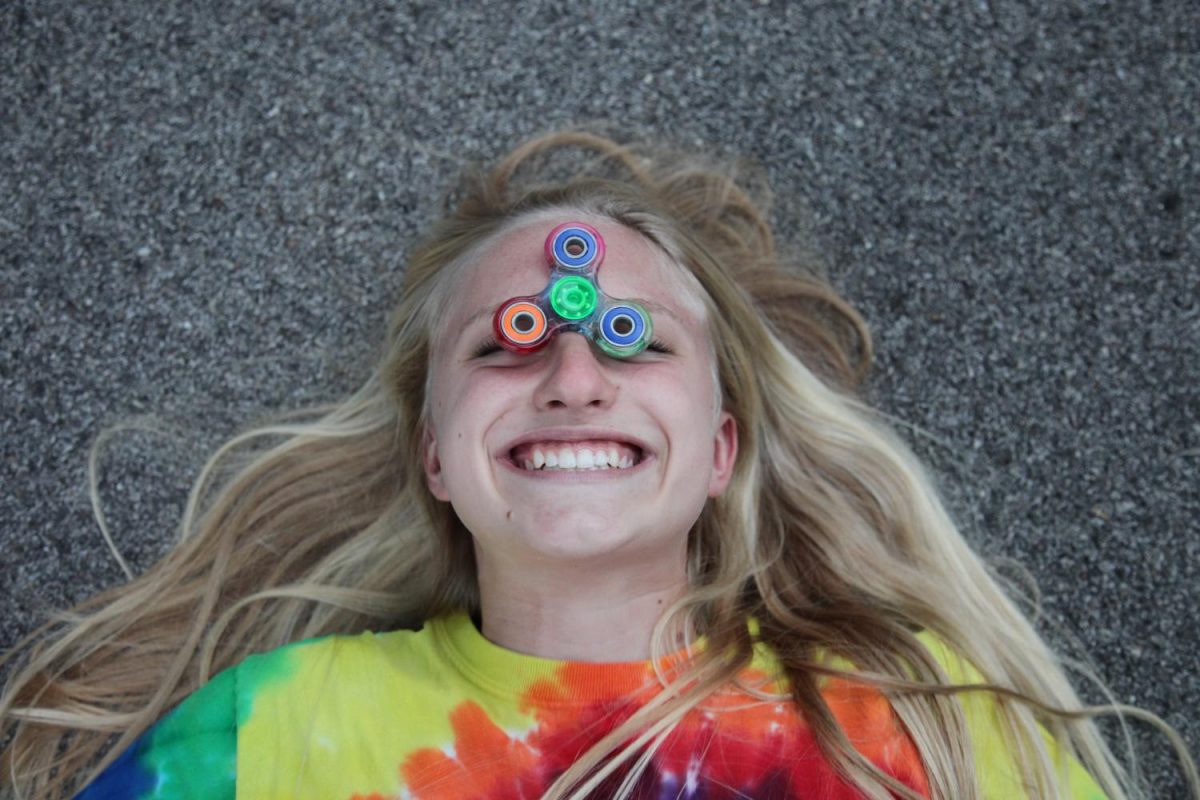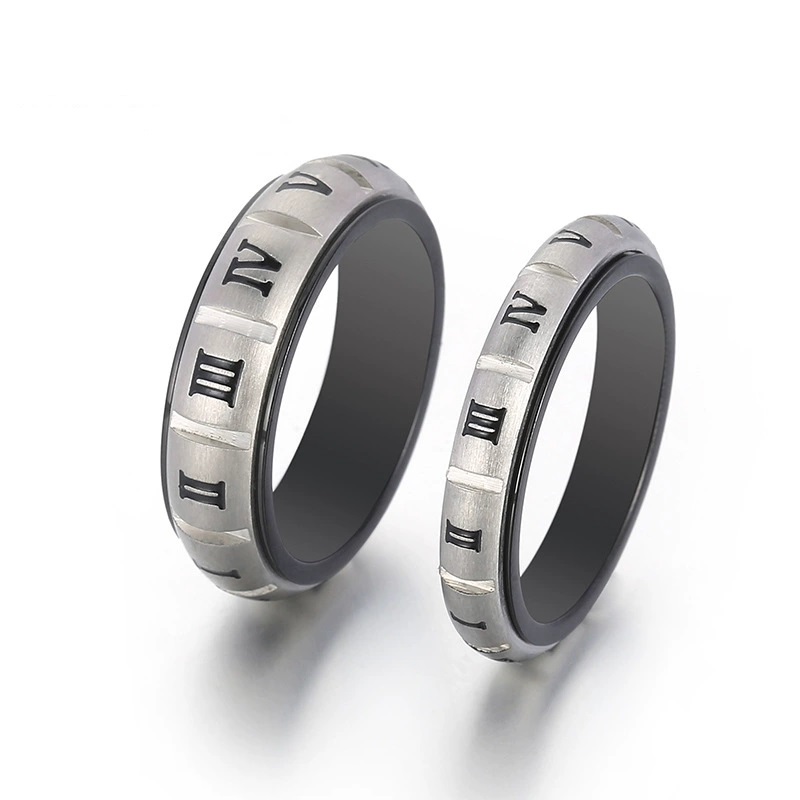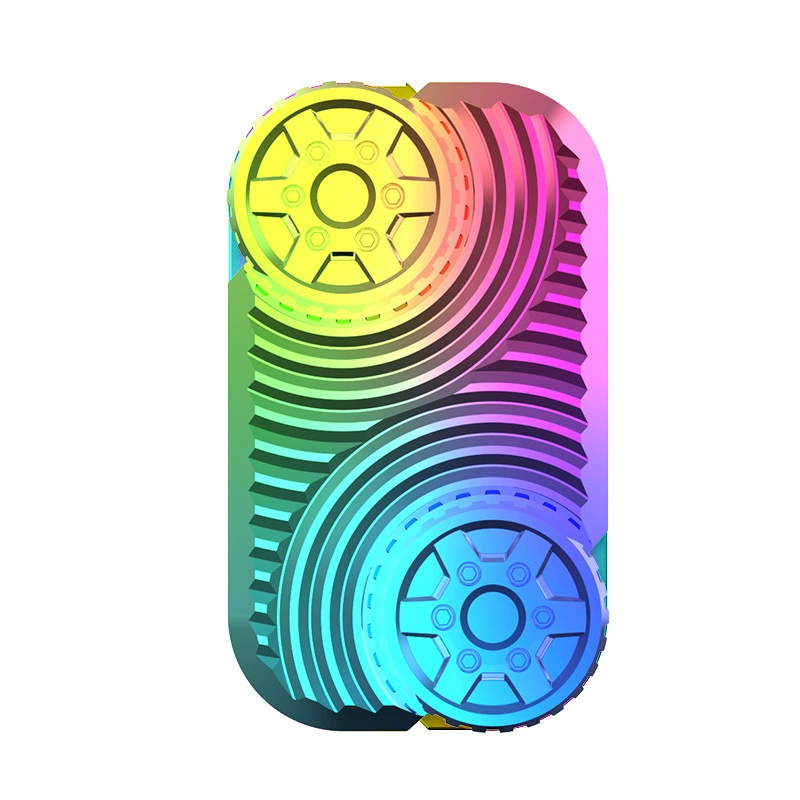-
Shenzhen City, GuangDong Province, China
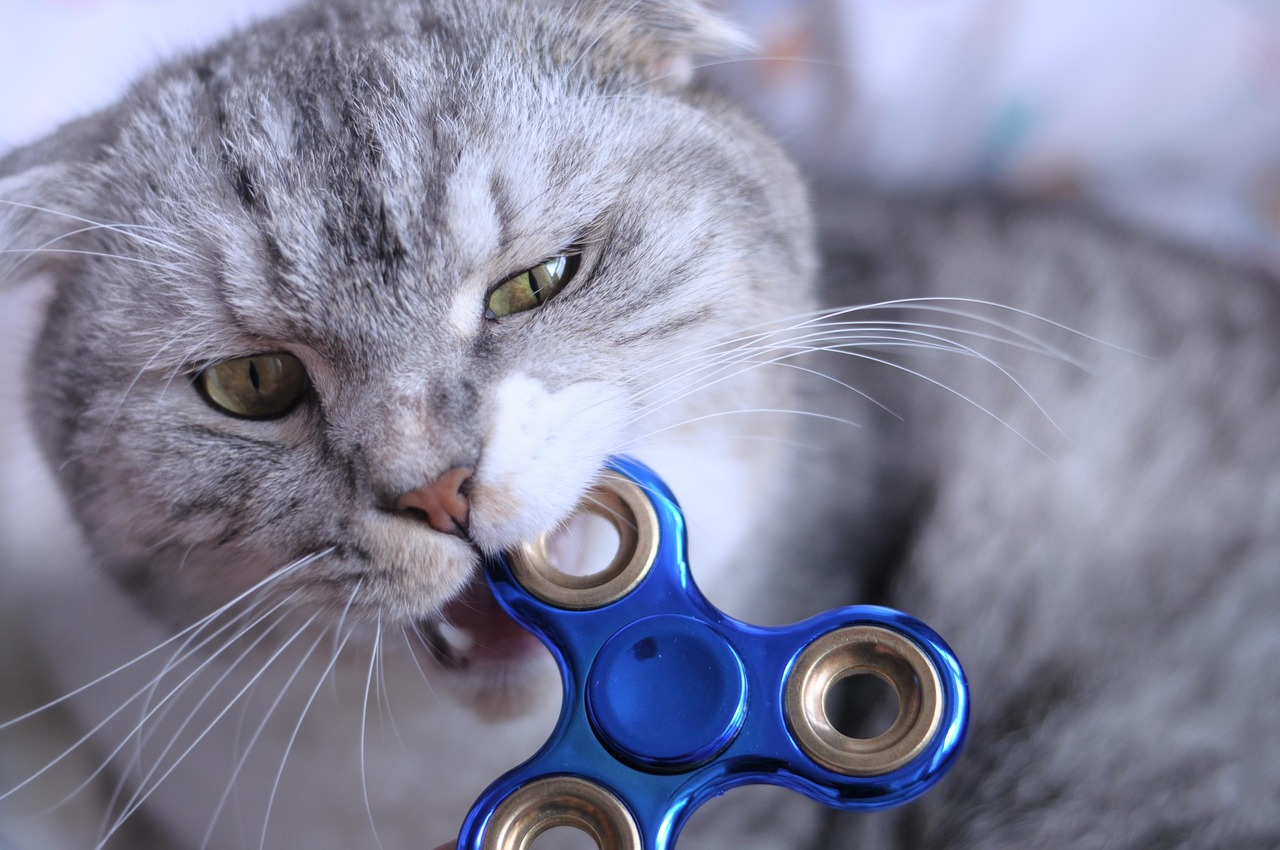
How to Make Fidget Toys?
5 Quick DIY Projects Using Household Items
Do you ever feel wiggly? Do your hands need something to do? Fidget toys can help! These homemade stress relievers are fun to make. They can help you feel calm. They can help you pay attention. They are great kids’ focus aids. Many people like fidgets & spinners. You can make your own DIY fidget toys right at home!
Why make them? It saves money! Store toys can cost a lot. Making sensory toy crafting projects is cheap. Plus, you can make them just how you like them. You can use recycled materials toys. Things like old bottle caps or fabric scraps work great. You can make quiet classroom tools. These won’t make noise at school. They are good anxiety relief toys. Holding one can make you feel better. We will show you how to make fidget toys easily. You don’t need fancy stuff. Many are no-sew fidgets. Let’s make some textured sensory tools! We can use craft foam shapes or even try silicone mold textures. Think about making cool wooden pegboard designs.
Table of Contents
Materials You’ll Need
You might already have what you need! Look around your house.
Here are some common items you can use:
- Balloons
- Rice or flour (like for baking!)
- Old keychains or beaded keychains
- Rubber band fidgets supplies (just rubber bands!)
- Beads (silicone beads are fun!)
- Upcycled bottle caps
- Glue (try non-toxic glue recipes)
- String or elastic hair tie fidgets
- Pipe cleaner twists
- Paperclips for paperclip chains
- Craft stick puzzles pieces
- Old socks or fabric scraps for textured fabric patches
- Loom band creations supplies
- Velcro strip builders pieces
- Empty plastic bottles for plastic bottle spinners or glitter bottle calmers
- Popsicle stick chains supplies
- Marbles for marble-in-mesh fidgets
Maybe you have other things too?
- Silicone molds
- Velcro toggle toys bits
- Embroidery thread for macramé fidgets
- Cardboard spinner bases
- Zipper pull trinkets
- Play-Doh or Foam clay sculptures material
- Kinetic Sand or make kinetic sand alternatives
- Therapy putty DIY supplies
- Magnetic slime recipe ingredients
- Pom-pom squishies fluff
- Perler beads for Perler bead spinners
- LEGO bricks for Lego fidget cubes
- Washers for washer stackers
- Puzzle piece connectors
- Toothbrush handle grips (clean, old ones!)
- Clothespin clips
- Nail-and-string art supplies
- Bike chain fidgets parts (clean them well!)
- Paracord bracelets cord
- Snap-and-click fidgets inspiration
- Rice-filled sensory bags materials
- Button-and-string spinners parts
- Tangle toy alternatives ideas
- Water bead stress toys (use with care!)
- Silicone cupcake squeezers
- Resistance band toys pieces
- Acrylic resin charms supplies (for older kids)
- Button sliders
- Plastic ring links
- Puzzle ball DIY ideas
- Knobbed sensory disks materials
- Tactile marble mats supplies
- Spiral wire twisters
- Textured sticker books
- Zip-lock bag squishies bags and fillers
- Chalkboard pendant fidgets parts
- Nail polish marbleizers
- Corkboard pin toys pins (be careful!)
- Coin rollers materials
- Silicone suction toys inspiration, like Squigz Suction Toys
- Twisty tube connectors like BunMo Pop Tubes
- Stretchy animal toys inspiration
- Perfume-free putty ideas
- Gel bead ice packs (the inside gel, carefully!)
- Seed bead spinners beads
- Rubber foam bits
- Gear-and-chain fidgets parts
- Bamboo spinner tops
- Magnetic ring stacks
- Fidget straws
- Gua sha-inspired tools shapes (smooth ones!)
- Hex nut wobblers nuts
- Laminated texture cards materials
- Knitting loom fidgets tools
- Wine cork squeezers corks
Wow, that’s a lot! You don’t need all of them. Just pick a project and find those things. Some people even make tinkering toys for autism or occupied tools for ADHD. These DIY fidgets can be really helpful. Remember, searches for fidget toys went way up recently! People love them, maybe like the Fidget Spinner (wikidata.org) craze or the fun PopSockets grip.
Step-by-Step Fidget Toy Projects
Let’s make some easy DIY fidget toys at home! These are quick projects.
A. Stress Ball with Balloon and Flour
This is a classic! It feels nice to squeeze.
- Tools: One balloon, a funnel (or paper rolled into a cone), flour (or rice).
- Steps:
- Stretch the balloon a bit.
- Put the funnel in the balloon opening.
- Slowly pour flour into the funnel. Fill the balloon until it’s a size you like. Don’t make it too full!
- Carefully take the funnel out. Pinch the balloon neck.
- Let the air out slowly.
- Tie a tight knot in the balloon neck. Snip off extra balloon rubber if you want.
- Pro Tip: Want a balloon-and-flour stress ball with flair? Use a colorful balloon! You can draw a face on it with a marker. Some people even make balloon stress balls with glitter inside!
These are much cheaper than store ones. A DIY one might cost $0.50, but buying one is $5 or more!
B. Bottle Cap Spinner
This is a simple spinner. Fun to flick!
- Tools: Two clean plastic bottle caps (same size), strong glue (Duct Tape can also help hold things), a toothpick.
- Steps:
- Put glue on the flat top of one bottle cap.
- Press the other bottle cap on top, flat sides together. Let the glue dry hard.
- Carefully push the sharp end of the toothpick through the center of the glued caps. Wiggle it to make the hole just big enough to spin.
- Hold the toothpick and spin the caps! You made a plastic bottle spinner!
This is like a mini Fidget Spinner. You can decorate the caps too! Maybe try making gear-and-chain fidgets if you like spinners.
C. Beaded Fidget Bracelet
Wear your fidget! This is pretty and helps you focus.
- Tools: Elastic string (like for jewelry), assorted beads (seed bead spinners use tiny ones!), scissors.
- Steps:
- Cut a piece of string long enough to go around your wrist, plus extra for tying.
- Tie a big knot at one end so beads don’t fall off.
- String your beads onto the elastic. Use different shapes and textured sensory tools like bumpy beads.
- When it’s long enough, tie the ends together tightly. Cut off extra string.
- This can be like a fidget necklace idea too, just use longer string! Some beaded keychains work like this too. Maybe try a fidget ring like these cool Fidget Rings For Anxiety.
D. Sensory Texture Board
This is great for feeling different things. It’s a quiet classroom gadget.
- Tools: A piece of cardboard or a wooden pegboard design base, glue, different texture items like:
- Velcro toggle toys pieces (soft loop side and rough hook side)
- Sandpaper (rough)
- Textured fabric patches (soft, bumpy, silky)
- Craft foam shapes
- Pom-poms (pom-pom squishies feel nice)
- Ribbon or pipe cleaner twists
- Laminated texture cards pieces
- Bubble wrap poppers plastic (before it’s popped!)
- Maybe even clean toothbrush handle grips?
- Steps:
- Cut your texture items into small squares or shapes.
- Arrange them on the cardboard base.
- Glue each piece down firmly. Let it dry.
- Run your fingers over the different feelings!
- This is a sensory board hack. You can make it big or small. Some people use silicone mold textures to make shapes to glue on. Brands like Therapy Shoppe (brand) or resources like National Autism Resources often show ideas like this. Even simple Velcro strip builders have interesting textures. Explore tactile rollers or knobbed sensory disks for more ideas.
E. Glitter Calm-Down Bottle
Watch the glitter swirl! It’s like magic and helps you feel calm.
- Tools: An empty plastic water bottle (clean, label off), glitter glue or clear glue and glitter, warm water, strong glue or Duct Tape to seal the lid. Maybe add water beads (carefully!) or tiny plastic ring links.
- Steps:
- Fill the bottle about halfway with warm water.
- Add a good squeeze of glitter glue (or clear glue plus loose glitter). Use lots of glitter!
- You can add a drop of food coloring if you want.
- Fill the bottle almost to the top with more warm water. Leave a little space for shaking.
- Put the cap on TIGHT. Use strong glue or tape around the lid so it cannot spill. This is important!
- Shake the bottle and watch the floating glitter jars effect!
- These glitter bottle calmers are great visual stress relievers. They are like mini sand timers but sparkly. Some people call them sensory bottles.
Safety Tips
Making toys is fun, but be safe! Especially with safe DIY fidget toys for kids.
- Small Parts: Beads, bottle caps, hex nut wobblers, washers, or Lego fidget cubes pieces can be choking hazards for little kids (under 3). Always watch them! Maybe make bigger rice-filled sensory bags or pom-pom squishies for them instead.
- Sharp Things: Be careful with scissors, toothpicks, corkboard pin toys, or nail-and-string art needles. Ask a grown-up for help. Don’t use broken puzzle piece connectors.
- Glue and Paint: Use non-toxic glue recipes. Washable markers are safer than paint sometimes. Avoid perfume-free putty if you have allergies, check ingredients. Don’t taste magnetic slime recipe goo! Same for moldable wax toys.
- Balloons: Popped balloons are dangerous for little kids. Throw away broken pieces right away. Supervise balloon stress balls.
- Durability: Some homemade toys might break. About 1 in 5 homemade toys might not last long . Make them strong! Use strong glue or Duct Tape. Check toys often to see if they are breaking. Secure bike chain fidgets well. Make sure zipper pull trinkets are attached tightly. Check fidget pencil toppers don’t fall off. Reinforce marble-in-mesh fidgets stitching if you sew them.
Customization Ideas
Make your fidget toy special! How to personalize fidget toys is easy.
- Colors: Use your favorite colors! Paint your wooden pegboard designs. Use colorful loom band creations. Add colored rubber foam bits.
- Textures: Add more textured sensory tools. Glue sand onto a part. Wrap yarn around a section. Use textured sticker books stickers. Make tactile marble mats with different bumps.
- Sounds: Some people like quiet toys (quiet classroom tools). Others like a little noise. Snap-and-click fidgets make noise. A bead maze pattern might make soft sounds. Coin rollers jingle.
- Themes: Make toys based on things you like! Animals (stretchy animal toys), space (Mezmoglobe Luna Kinetic Desk Toy inspiration), or nature (bamboo spinner tops).
- Glow: Use glow-in-the-dark beads or paint!
- Weight: Add washers or hex nut wobblers inside a stress ball for more weight.
- Office Toys: Make cool office desk toys. A nice Kinetic Desk Toy looks great. Maybe try an ONO Roller Fidget Toy. Even simple paperclip chains can work at a desk. Or get a fancy Metal Fidget Cube Spinner.
- Inspired by Brands: Look at toys from Tangle Creations, Fat Brain Toys (like the Fat Brain InnyBin), PlayMonster, ZURU Toys, Munchables (like Chewelry), Crazy Aaron’s Thinking Putty, or even OXO Good Grips handles for texture ideas. Simpl Dimpl push-pop toys are popular. Wacky Tracks Snap Toys click together. Calm Strips are textured stickers.
- Advanced Ideas: Older kids might like magnetic cube puzzle challenges or making acrylic resin charms. Try Plastimake Thermoplastic. Look at Montessori Materials or Hape Toys for ideas. Maybe even try building with Crazy Forts or Bristle Blocks. Some fidgets use TheraBand resistance bands. Floof is a fun moldable powder. Tinkertoy pieces could be used.
FAQs (Frequently Asked Questions)
People ask these questions a lot!
What’s the easiest fidget toy to make?
A: Stress balls (like the balloon one) are super easy! Takes maybe 3 minutes. Rubber band fidgets are also very simple. So are elastic hair tie fidgets.
Are homemade fidget toys safe for toddlers?
A: Yes, if you make them safe! Use big parts they can’t swallow. No small beads or buttons. Make sure nothing can break off easily. Sensory bags (sealed tight!) or soft pom-pom squishies are good choices. Always watch them play.
Can I make fidgets without buying supplies?
A: Yes! Use recycled materials toys. Look for old keychains, bottle caps, fabric scraps, wine cork squeezers, paperclips, craft sticks, or even lacing string kits pieces you already have. Many DIY fidgets use things you’d throw away! Teachers say DIY tools help kids focus. And 42% of parents like making them to save money and plastic.
Do these really help with things like ADHD or anxiety?
A: Many people find they do! Occupational therapists use DIY fidgets a lot. They can be good occupied tools for ADHD or anxiety relief toys. They give your hands something to do, which can help your brain focus or feel calm. Try different tangle toy alternatives or spinner ring tutorials.
Conclusion
See? Making your own DIY fidget toys is fun and easy! You learned how to make fidget toys like a stress ball, a spinner, a bracelet, a texture board, and a glitter bottle. You used simple things like balloons, beads, and upcycled bottle caps.
These homemade stress relievers can help you feel calm. They are great kids’ focus aids and quiet classroom tools. Making them saves money too! Remember, DIY stress balls can cost just $0.50.
You have lots of ideas now! Try making pipe cleaner twists, Lego fidget cubes, or marble-in-mesh fidgets. Explore kinetic sand alternatives or a magnetic slime recipe. Get creative with button-and-string spinners or Paracord bracelets.
So, grab some household items and try one tonight! Which fidget toy will you make first? Have fun crafting! Maybe you’ll invent a new kind of fidget cube or spinner ring! You could even make cool desktop suspended gyroscope type toys like some Best Kinetic Desk Toys. Happy fidgeting!


